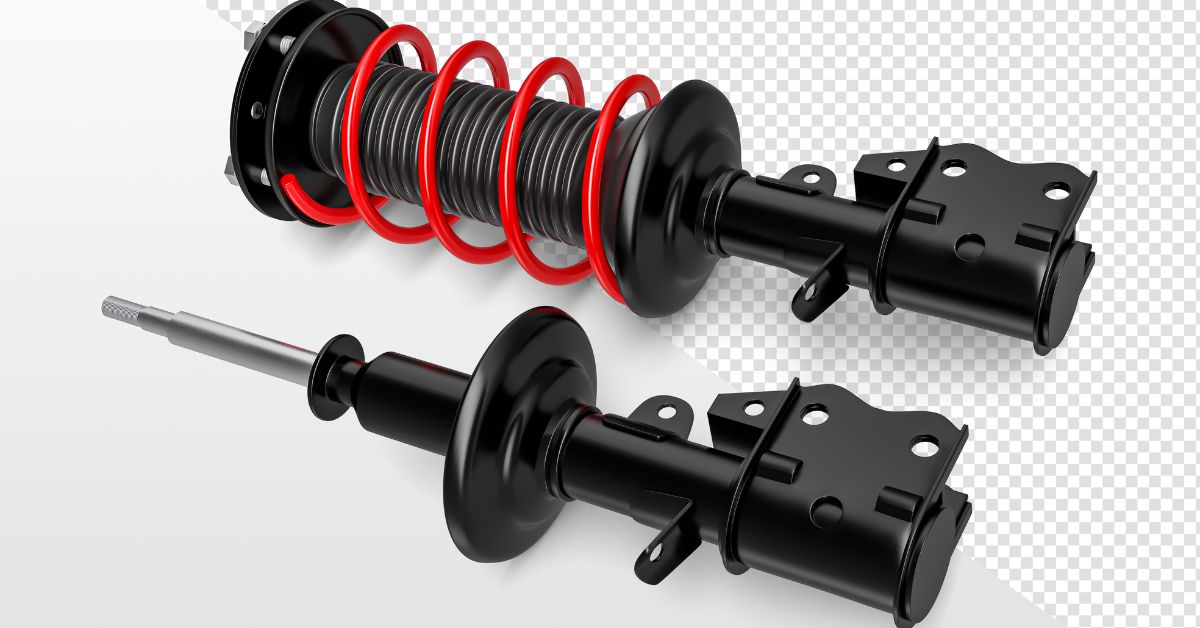What Are Struts On A Car? This is an important question because struts play a big role in how smooth and stable your car feels while driving. Many people mix them up with shock absorbers, but they’re not the same. While shock absorbers only control the up-and-down motion of the car, struts do a lot more. They’re a key part of the suspension system that helps support the car’s weight, absorb bumps from the road, and keep the wheels properly aligned for safe and comfortable driving.
How Struts Work in the Suspension System
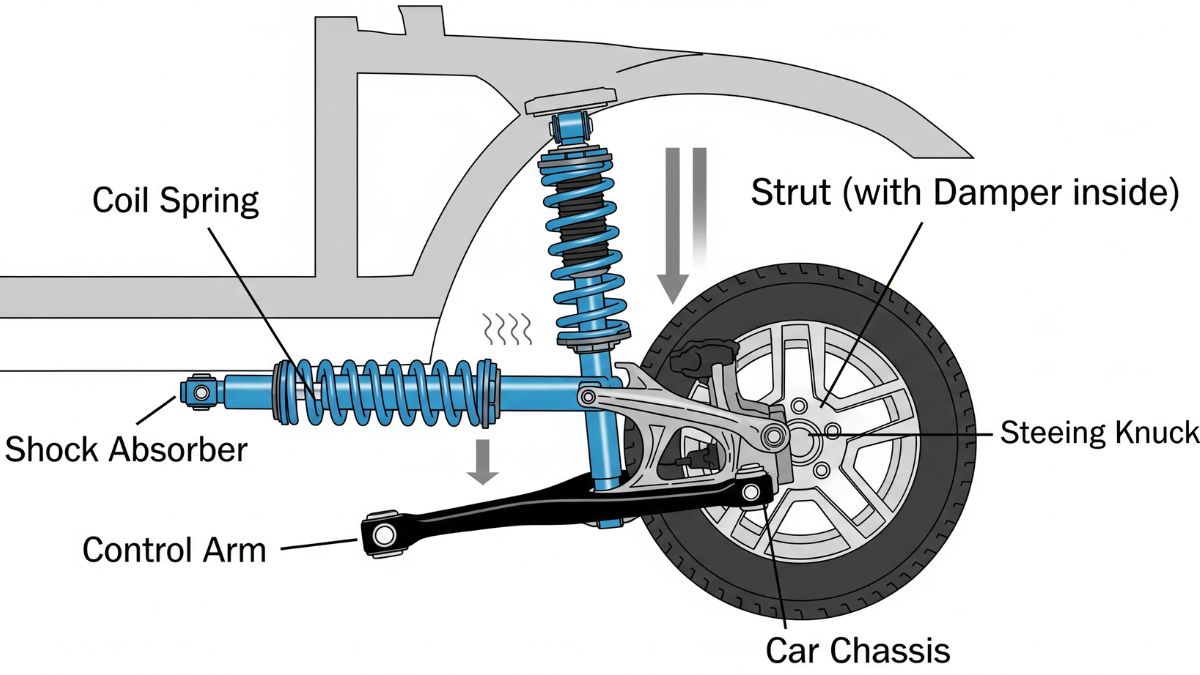
To really understand what a strut does, it helps to know how the suspension system works. A car’s suspension is a setup of springs, rods, and dampers that connects the wheels to the main body of the car. Its job is to let the wheels move smoothly over bumps and rough roads while keeping the car body steady and balanced. The springs hold the weight of the car and help absorb shocks from the road, while the shock absorbers stop the springs from bouncing too much after hitting a bump.
What Makes a Strut Different?
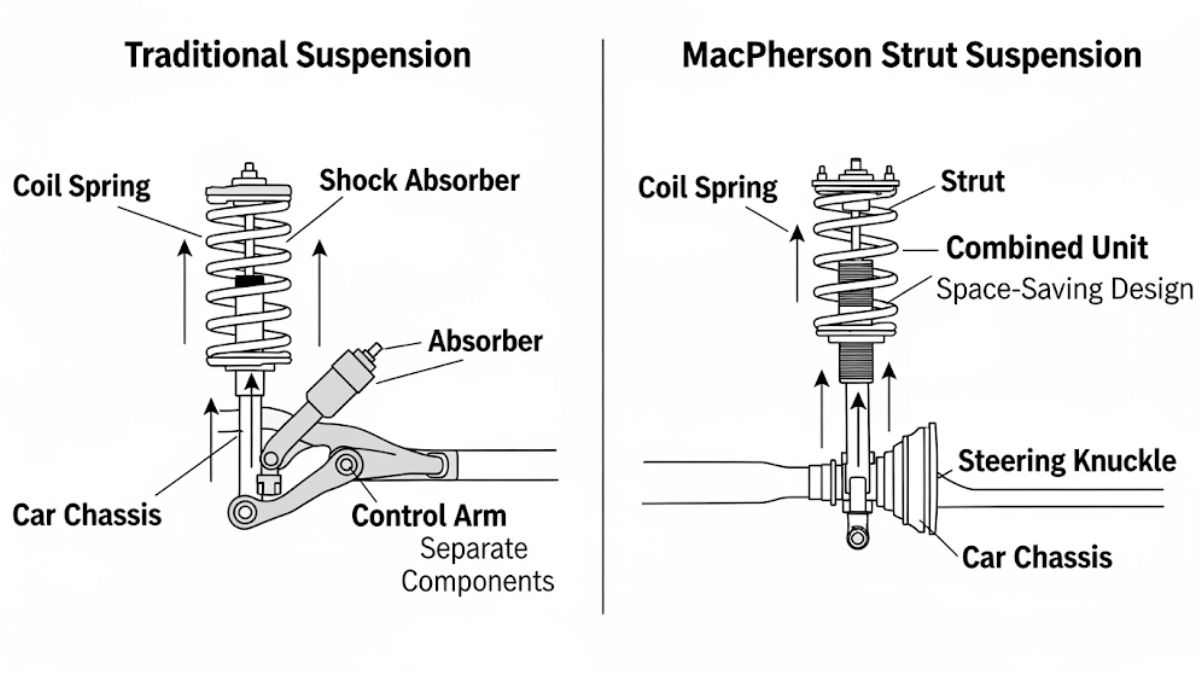
A strut combines the job of a spring and a shock absorber into one compact part. In most modern cars, especially front-wheel-drive ones, the strut assembly includes a coil spring and a shock absorber built into a single unit. This design saves space and works very efficiently. The strut is attached directly to the car’s frame at the top and to parts like the steering knuckle or control arm at the bottom. Because of this setup, the strut helps support the car’s weight and also plays a key role in how the steering works, making it a very important part of the suspension system.
How the Spring and Damper Work Together in a Strut
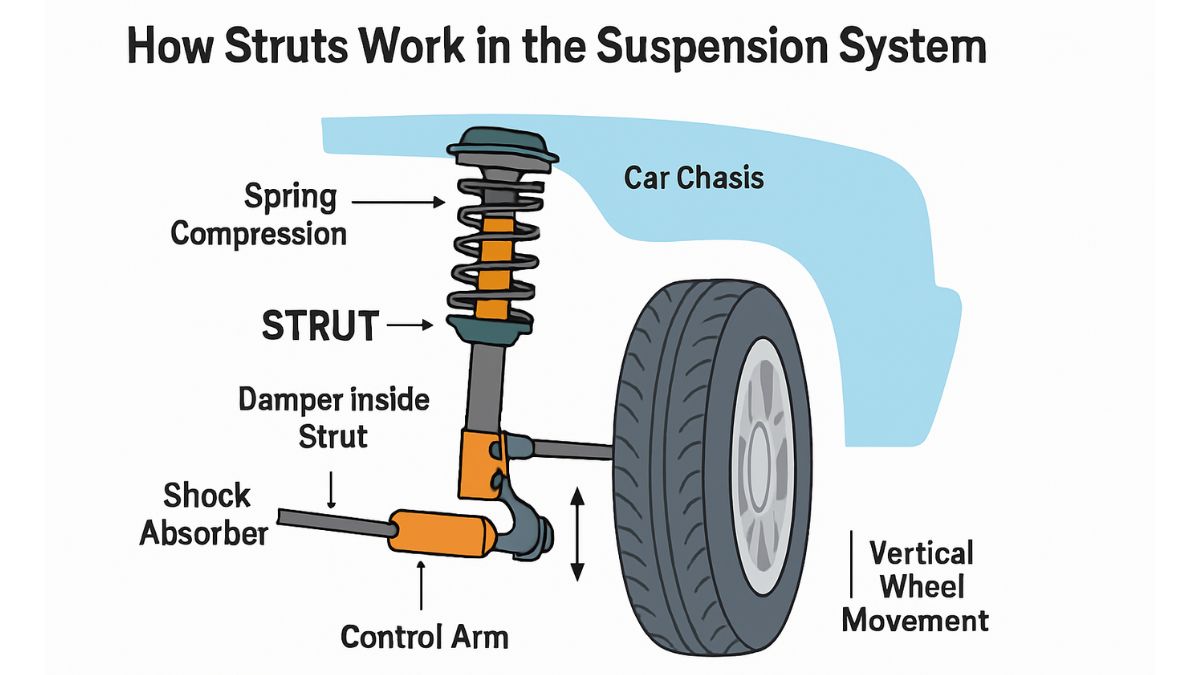
A strut is made up of two key parts: the coil spring and the damper (also known as the shock absorber). The coil spring is responsible for holding the car’s weight and setting its ride height. When you drive over bumps or rough roads, the spring compresses and expands to absorb the impact. This helps keep the vehicle stable and prevents the body from shaking too much as the wheels move up and down.
The damper works alongside the spring to control its movement. Inside the damper is hydraulic fluid and a piston. When the spring moves, the piston pushes through the fluid, which passes through tiny valves. This process slows down the motion and absorbs the energy, keeping the car from bouncing up and down too much. Without the damper, your car would continue bouncing after every bump, leading to a very uncomfortable and even unsafe driving experience.
Signs Your Car’s Struts Might Be Failing
Since struts help support your car’s weight, they’re constantly under pressure and can wear out over time. The spring can lose its strength, and the damper inside may stop working properly. When a strut starts to go bad, you’ll likely notice a rougher, bouncier ride and less stability while driving. The front of your car might dip too much when you brake, or the car could lean more than usual when turning.
Another warning sign is uneven tire wear, which happens when the strut can’t keep the tire firmly on the road. You might also see fluid leaking from the strut—this oily residue means the hydraulic fluid inside has leaked out. All these signs suggest it’s time to get your struts checked or replaced to keep your ride safe and smooth.
Why Replacing Struts Is Important
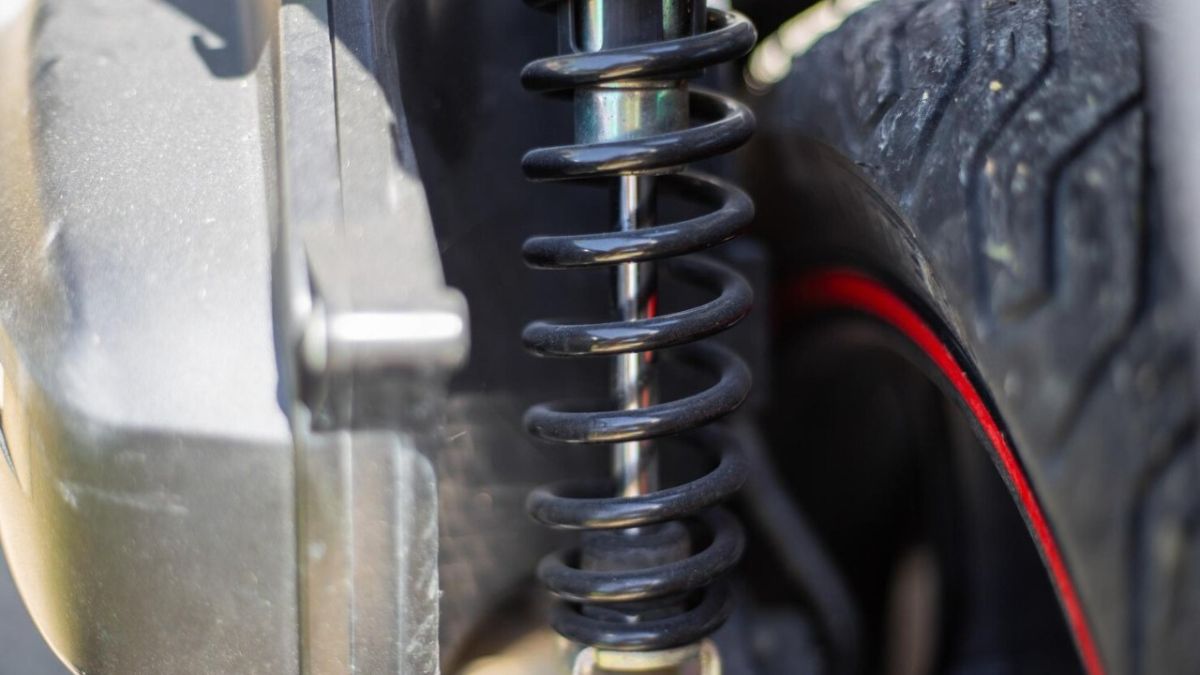
Replacing struts is a normal part of car maintenance and is very important for both your vehicle’s safety and performance. New struts help bring back smooth handling and better ride comfort, giving you more control on the road. Since struts are such a big part of both the suspension and steering systems, they’re usually replaced in pairs (both front or both rear) to keep the car balanced. While replacing struts can cost more than just changing shock absorbers, it’s a smart investment that helps keep your car in good shape and protects everyone inside. Knowing what struts do helps you better understand your car and keep it safe and comfortable to drive.

